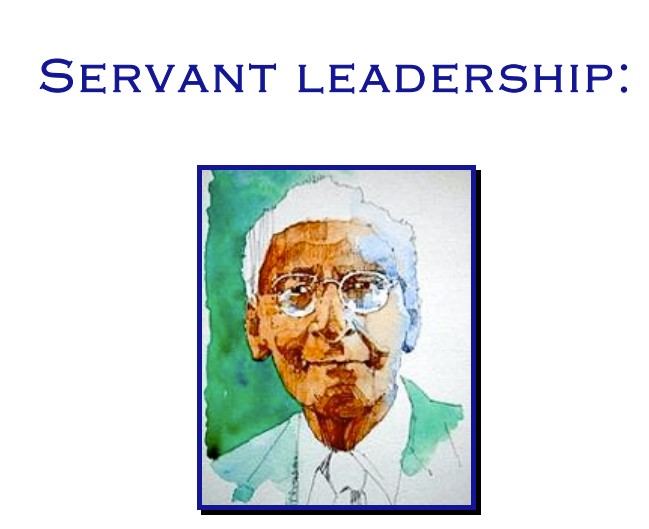
In a world dominated by large institutions that often fail to truly serve our needs, the concept of leadership needs a fresh perspective. In Robert K. Greenleaf’s thought-provoking work, “Servant Leadership: A Journey Into the Nature of Legitimate Power and Greatness,” he introduces the idea that a great leader is, first and foremost, a servant. This notion challenges the traditional understanding of leadership and suggests that true leadership is rooted in serving others.
Greenleaf emphasizes the importance of listening, empathy, and acceptance as essential qualities of a servant-leader. He delves into the idea that effective leadership requires the ability to bridge the gap between available information and the unknown future, relying on intuition and foresight. Stressing the interconnectedness of past, present, and future, Greenleaf suggests that a qualified leader maintains a wide span of awareness. Furthermore, he advocates for leadership through persuasion rather than coercion, and he highlights the significance of both active leaders within institutions and external trustees who oversee them.
Ultimately, Greenleaf’s vision calls for nurturing strong natural servants who have the potential to lead, enriching the world through their presence, and striving to build better institutions in an imperfect world. In this journey, servant-leaders emerge as beacons of positive change, inspiring and guiding others toward a more harmonious and effective future.
“Ready to dive deeper into the profound insights of Robert K. Greenleaf’s groundbreaking work, “Servant Leadership: A Journey Into the Nature of Legitimate Power and Greatness,”? Unlock the full spectrum of wisdom and transformative concepts by downloading my unfiltered notes here.
Delve into the nuances that unpack Greenleaf’s ideas, gaining a richer understanding of servant leadership’s potential to reshape our institutions and empower individuals. Embrace the journey of discovery and join me in exploring how these principles can catalyze positive change in our world. Your path to enlightened leadership starts with a simple click – download now and embark on a transformative exploration!”


